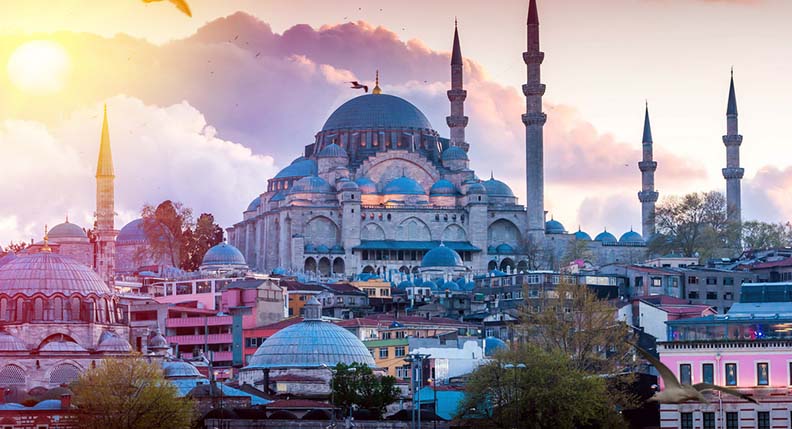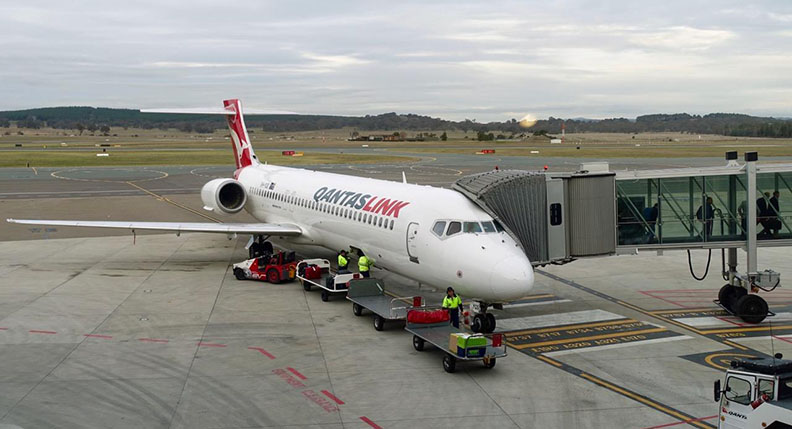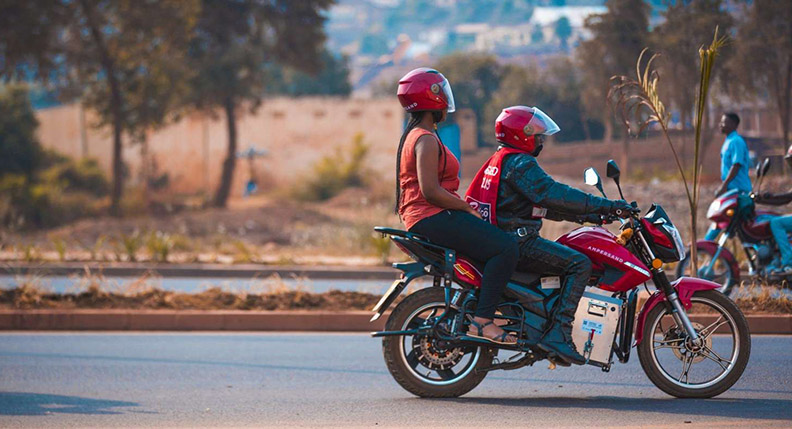Istanbul holds a special allure for me,its rich tapestry of history, culture, and architectural marvels beckons adventurers from all corners of the globe. Yet, to fully immerse oneself in Istanbul’s magic, mastering its intricate transport system is essential. I have the privilege of exploring this amazing city and helping other travelers navigate the bustling streets of Istanbul with ease and confidence.
Getting Acquainted with Istanbul’s Geography
Before delving into the specifics of transportation, it’s crucial to grasp the lay of the land in Istanbul. The city straddles two continents – Europe and Asia – separated by the stunning Bosphorus Strait. Most of the iconic attractions and tourist hotspots are concentrated on the European side, including the historic Sultanahmet district, the vibrant Taksim Square, and the legendary Grand Bazaar.
Taxis: A Convenient Yet Time-Variable Choice
Taxis are ubiquitous in Istanbul and are often the first choice for visitors looking for door-to-door convenience. Here’s what you need to know when using taxis in Istanbul:
- Metered Pricing: Istanbul’s taxis operate on a metered fare system. The initial fee is typically quite reasonable. However, ensure the driver activates the meter at the beginning of your journey to avoid disputes later.
- Traffic Challenges: Istanbul is notorious for its traffic congestion, particularly during peak hours. While taxis are convenient, they may not always be the fastest mode of transportation.
- Airport Taxis: For travelers arriving at Istanbul’s Ataturk or Sabiha Gokcen airports, there are authorized airport taxis available. These taxis charge a fixed fare to various parts of the city, simplifying your journey to your accommodation.
- Safety Measures: Taxis in Istanbul are generally safe, but it’s advisable to verify that the taxi has a visible identification and the driver’s photo is displayed on the dashboard. Additionally, ensure your driver sticks to the most direct route to avoid unnecessary fare increases.
- Payment Methods: While credit card acceptance is growing, it’s wise to carry some cash (Turkish Lira) for taxi rides, especially if your travels take you to less frequented areas.
Trams: A Marvelous Way to Explore the Historic Core
Istanbul’s tram network is a splendid means of navigating the city’s historic core. The most significant tram line for tourists is the T1 line, also known as the “Sultanahmet Tram.” Here’s what you should know:
- T1 Line: This tram route connects Kabatas on the European side to Bagcilar on the western outskirts of the city. Along the way, it traverses several key attractions such as Sultanahmet Square (for the Hagia Sophia and Blue Mosque), Eminonu (for the Grand Bazaar), and the lively Beyoglu neighborhood (for Taksim Square).
- Istanbulkart: For public transportation in Istanbul, including trams, it is highly recommended to obtain an Istanbulkart. This reloadable card not only offers discounted fares but can also be used on trams, buses, and even ferries. Istanbulkarts can be purchased at kiosks and machines stationed at tram stops.
- Fare Validation: Do not forget to “check in” using your Istanbulkart by tapping it on the card reader at the tram station before boarding. Similarly, ensure you “check out” when disembarking to complete your journey.
- Crowd Considerations: The T1 tram line can get quite crowded, particularly during the peak tourist seasons. Be prepared to stand during your journey, and watch your belongings closely.
Buses: Extensive Network, Navigation Challenges
Istanbul boasts an extensive bus network that covers both the European and Asian sides of the city. However, buses can pose some challenges for tourists due to the lack of English signage and the intricacies of the routes. Here’s what you should keep in mind:
- Istanbulkart is Key: Just like with trams, having an Istanbulkart is essential for bus travel. Load credit onto your card and utilize it for multiple bus journeys.
- Route Research: It is a good practice to research your bus route in advance using online resources or smartphone applications. The Istanbul Public Transportation Authority (IETT) website provides comprehensive route maps and schedules.
- Patience is Virtue: Buses in Istanbul can be slower than other modes of transportation due to traffic congestion, so patience is a valuable trait, especially during rush hours.
- Ask Locals for Assistance: If you find yourself uncertain about which bus to take or where to disembark, do not hesitate to seek assistance from locals. Turkish people are generally friendly and helpful to tourists in need.
Ferries: Scenic and Practical for Bosphorus Crossings

One of the most delightful ways to experience Istanbul’s unique geography and get around the city is by taking a ferry. The Bosphorus Strait serves as a natural divide between the European and Asian sides of Istanbul, and ferries offer a picturesque and practical means of crossing. Here’s what you should know:
- Ferry Routes Abound: Istanbul has several ferry routes connecting various parts of the city. Among the most popular routes are Eminonu to Kadikoy (European to Asian side) and Eminonu to Uskudar (European to Asian side). These routes not only provide breathtaking views of the city’s skyline but also pass by iconic landmarks.
- Istanbulkart Integration: Good news – you can use your Istanbulkart to pay for ferry rides, making it a versatile option for getting around. Simply tap your card on the designated reader before boarding.
- Check Schedules: Ferry schedules can vary, so it’s advisable to check timetables in advance, especially if you intend to catch a ferry at a specific time.
Metro: Expanding Network with Limitations
Istanbul’s metro system continues to grow, but its coverage is still somewhat limited compared to other modes of transportation. Nevertheless, it can be a valuable option for specific journeys. Here’s what you should be aware of:
- Metro Lines: At the time of my last visit, Istanbul had two metro lines on the European side (M1 and M2) and one on the Asian side (M4). The M2 line is particularly useful for tourists as it connects Taksim Square to various parts of the city, including the bustling Levent business district.
- Seamless Istanbulkart Integration: Just like with trams and buses, your Istanbulkart is your ticket for metro travel. This unified payment method streamlines your transportation experience.
- Anticipate Expansion: Istanbul is actively investing in expanding its metro network, so stay informed about new lines and stations to enhance your travel options.
Walking: The Ultimate Way to Uncover Istanbul’s Charms

In the grand tapestry of Istanbul’s transportation options, one stands out as the most immersive and intimate way to experience the city’s wonders – walking. While Istanbul boasts a diverse range of transportation modes, it’s when you put one foot in front of the other that you truly connect with the heartbeat of this enchanting metropolis.
- The Grand Bosphorus Promenade: For a scenic walk, head to the Bosphorus promenade along the European side. The views of the Bosphorus Strait and the Asian side are breathtaking, especially during sunset. It’s a perfect spot for a leisurely stroll and some spectacular photo opportunities.
- Karakoy and Beyoglu: Cross the Galata Bridge to reach Karakoy and Beyoglu, two neighborhoods that exude a modern, cosmopolitan vibe. Explore the lively streets, trendy boutiques, and art galleries. Don’t miss a ride on the historic Tunel funicular, one of the world’s oldest subterranean railways.
- Uskudar: On the Asian side of Istanbul, the district of Uskudar offers a quieter, more local experience. Stroll along the scenic waterfront promenade, take in views of the city’s skyline, and savor a cup of Turkish tea at a waterfront teahouse. The Maiden’s Tower, a picturesque islet, is just a short boat ride away.
- Balat: For a taste of Istanbul’s multicultural history, wander through the colorful streets of Balat. This historic Jewish quarter is known for its charming houses adorned with vibrant hues. It’s a neighborhood where the past and present coexist harmoniously.
Practical Tips for Walking in Istanbul
- Comfortable Shoes: Istanbul’s streets can be uneven, so wear comfortable walking shoes, preferably with good arch support.
- Weather Considerations: Istanbul experiences varying weather throughout the year, so check the forecast and dress accordingly. Summers can be hot, while winters can be chilly and rainy.
- Local Etiquette: Respect local customs and dress modestly when visiting religious sites. It’s also courteous to greet locals with “Merhaba” (hello) and “Tesekkür ederim” (thank you).
- Stay Hydrated: Carry a reusable water bottle to stay hydrated, especially during the warm months. There are numerous water fountains scattered around the city where you can refill your bottle.
- Map or GPS: While getting lost in Istanbul’s charming streets can be delightful, having a map or a GPS on your smartphone can help you find your way back to your starting point.
Seamless Istanbul Navigation
Istanbul offers a plethora of transportation options tailored to your needs and preferences. Taxis offer door-to-door convenience, trams are ideal for exploring the historic core, buses can take you almost anywhere with some planning, ferries offer scenic Bosphorus crossings, and the metro is expanding its reach. Never forget the sheer delight of walking, which allows you to immerse yourself entirely in Istanbul’s unique allure.
To enhance your travel experience, consider obtaining an Istanbulkart as soon as you arrive in the city. This versatile card simplifies payments and guarantees that you pay the correct fare for your journeys.



